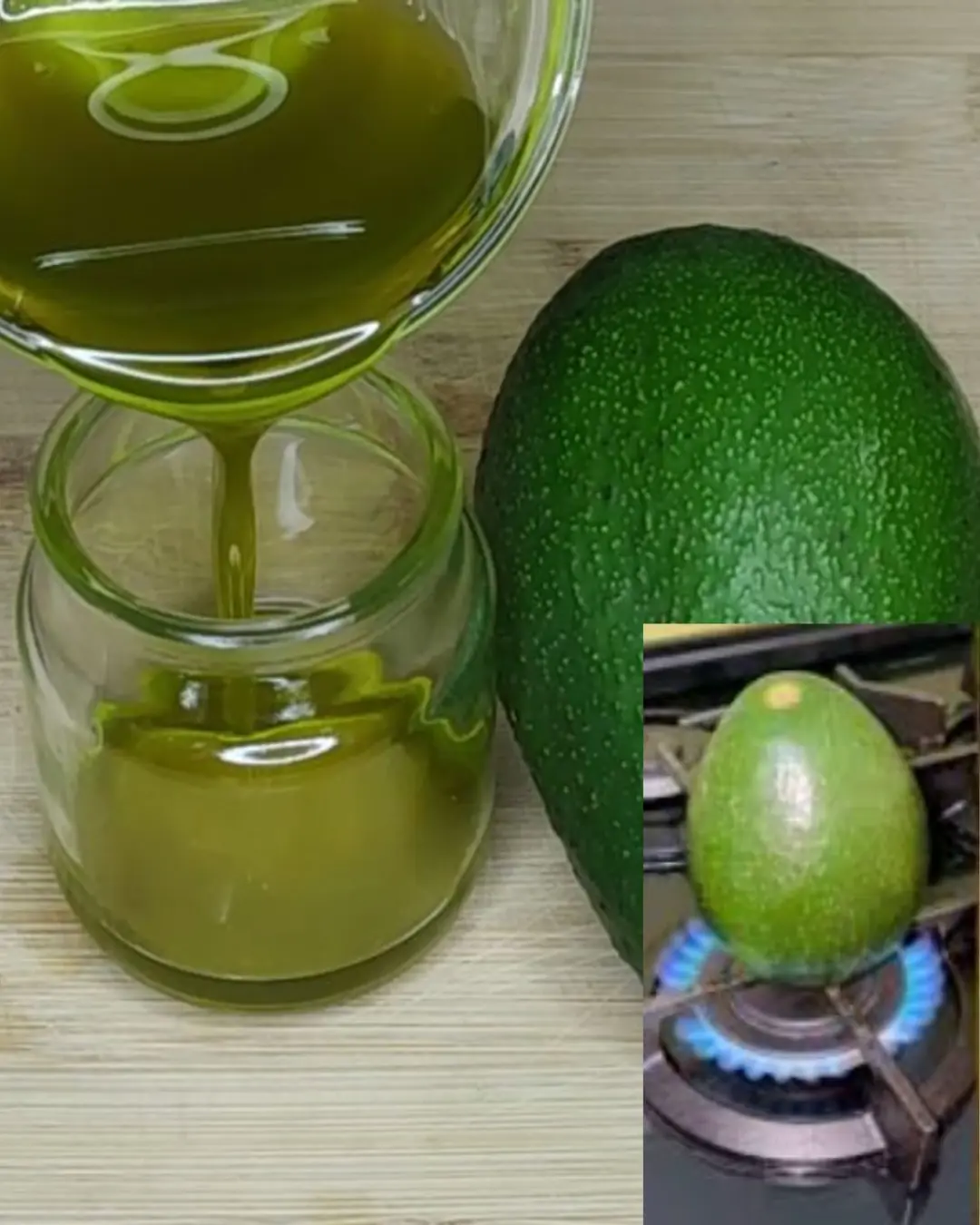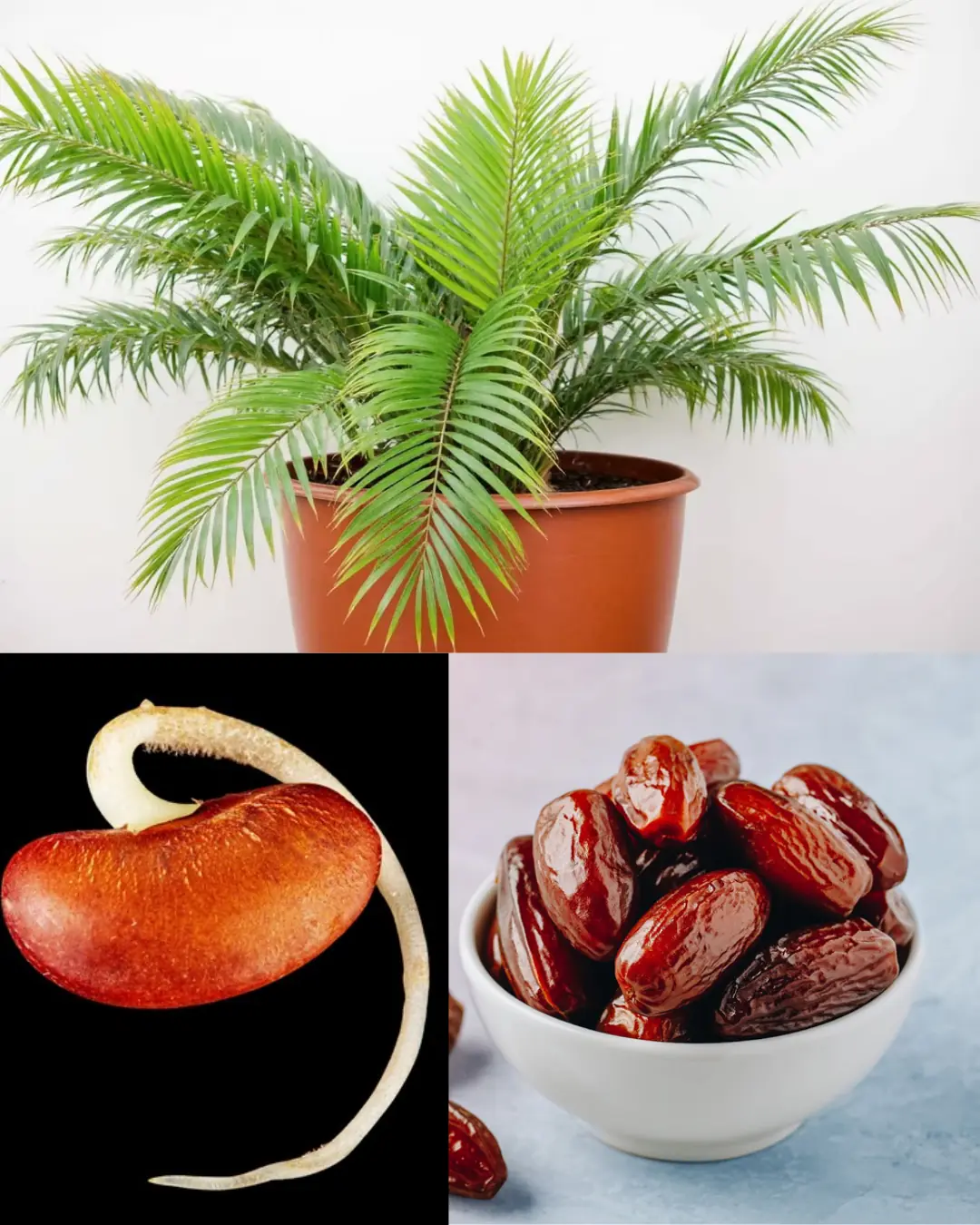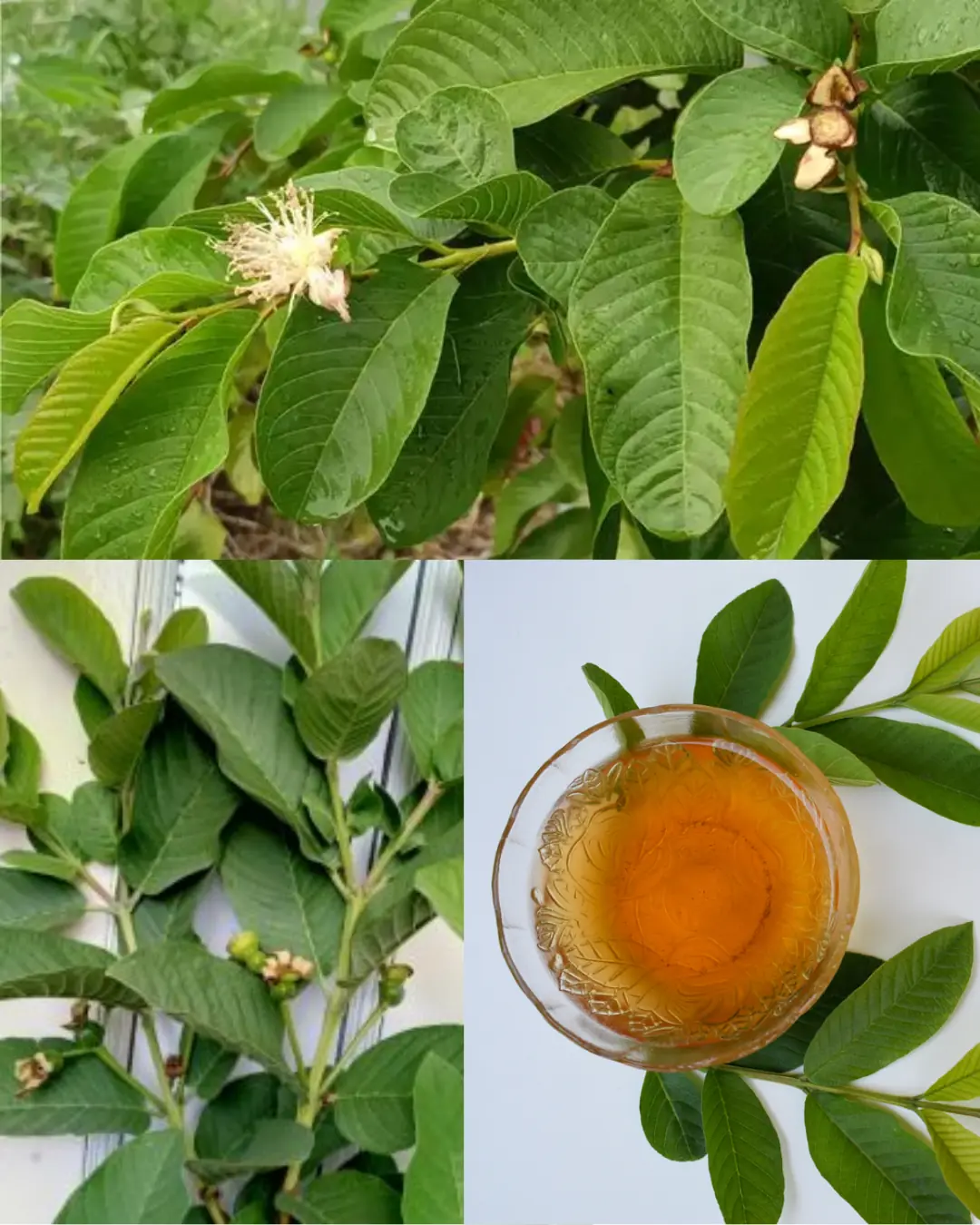
How to Grow Sweet Potatoes in Bags Using Simple Sprouts – High Yield Method
Growing sweet potatoes in bags is an easy, space-saving, and budget-friendly gardening method. You can grow them almost anywhere with adequate sunlight—on balconies, rooftops, patios, or small home gardens. In this article, I will walk you through the essential steps to successfully grow sweet potatoes in bags, even if you’re a beginner.
Benefits of Growing Sweet Potatoes in Bags

1. Space-saving
Planting sweet potatoes in bags eliminates the need for a large patch of land. A few bags are enough to produce a surprisingly high yield, making this method perfect for small households or urban gardeners.
2. Easy maintenance and harvesting
Compared to growing sweet potatoes directly in the ground, bag cultivation makes it easier to monitor plant health, adjust soil conditions, and harvest the tubers without excessive digging.
3. Reduced pest and disease risks
Growing sweet potatoes above ground reduces exposure to soil-borne pests and fungal diseases. When properly maintained, sweet potatoes grown in bags tend to develop healthier roots and bigger tubers.
4. Flexible placement
You can freely move the bags to optimize sunlight exposure or protect the plants from heavy rain, strong wind, or harsh temperatures.
Preparing to Grow Sweet Potatoes in Bags
Choose the Right Bag
-
Ideal size: 40–50 cm diameter and 60–80 cm height with drainage holes at the bottom.
-
Material: Durable, breathable bags such as woven sacks, grow bags, or even DIY bags made from fabric or recycled materials.
-
Ensure the bag allows airflow to prevent waterlogging while still retaining moisture.
Prepare Soil and Fertilizer
-
Optimal soil: Sandy or loamy soil with a pH of 5.5–6.5, well-drained and rich in organic matter.
-
Fertilizers: Compost, manure, chicken fertilizer, or balanced chemical fertilizers like NPK, DAP, or SA.
-
Fill the bag with soil and fertilizer using a 3:1 ratio, leaving about 10 cm of space at the top.
Selecting Sweet Potato Varieties
-
Choose varieties suitable for your climate and desired flavor—whether you prefer orange-flesh, purple-flesh, or white-flesh sweet potatoes.
-
Good varieties should have strong growth, attractive color, pleasant flavor, and resistance to pests and adverse weather.
-
You can buy pre-sprouted slips or propagate sprouts from disinfected sweet potato roots at home.
How to Grow Sweet Potatoes in Bags
1. Preparing the Sprouted Potatoes
Choose healthy roots with strong eyes. Soak them briefly in a mild alum solution or organic pesticide to sterilize. Place the roots in a bright, ventilated area to encourage sprout development. This step ensures vigorous growth later.
2. Filling the Bag and Planting
Add around 20 cm of soil to the bottom of the bag. Make small slits on the sides of the bag and insert the sprouted sweet potato pieces with the eyes facing upward. This side-planting technique helps the vines spread evenly and encourages more tuber formation.
3. Watering and Moisture Control
-
Water consistently, especially during early sprouting and flowering stages.
-
Avoid overwatering to prevent rot; the soil should be moist but never saturated.
-
A misting spray or gentle watering hose works best.
-
Regularly feel the soil to assess moisture—this is crucial when growing in bags.
4. Ongoing Care During Growth
-
Fertilize 2–3 times within the first 3 months using organic or balanced fertilizer containing nitrogen, phosphorus, and potassium.
-
Trim old or diseased leaves to help the plant focus energy on tuber development.
-
Keep vines tidy and avoid overcrowding by occasionally repositioning trailing stems.
5. Pest and Disease Management
Common pests include leafhoppers, thrips, red spider mites, leaf rollers, and tuber-boring worms.
To control them:
-
Regularly inspect leaves and stems.
-
Remove affected foliage immediately.
-
Use organic repellents like neem oil or chemical pesticides as recommended.
-
Rotate crops and maintain clean soil to prevent future infestations.
Harvesting and Storing Sweet Potatoes
Sweet potatoes are ready to harvest after 3–4 months, depending on the variety and weather conditions. Choose a dry, sunny day for harvest to allow the tubers to dry quickly.
After harvesting:
-
Brush off excess soil but avoid washing immediately.
-
Discard damaged or pest-infected tubers.
-
Store the tubers in a cool, dry, and well-ventilated area away from direct sunlight.
-
For long-term storage, you may cure the potatoes, dry them, vacuum-seal them, or freeze them.
Important Notes When Growing in Bags
-
Use bags of appropriate size so the plant has enough room for root expansion.
-
Ensure soil is well-drained, fertile, and free from harmful pathogens.
-
Water regularly, fertilize properly, and prevent pests early.
-
Place bags where they receive 6–8 hours of sunlight daily and are protected from flooding or harsh weather.
Frequently Asked Questions
1. What is sweet potato bag gardening?
It is a simple method of growing sweet potatoes using soil-filled sacks or grow bags, helping reduce space usage and water consumption.
2. What are the basic supplies required?
You need sweet potato sprouts, a grow bag, nutrient-rich soil, water, and organic or chemical fertilizer.
3. How long until harvest?
You can harvest sweet potatoes after about 3 months. When vines begin to yellow or wilt naturally, it’s a sign the tubers have matured. Simply cut the vines and remove the bag to access the tubers easily.
Final Thoughts
Growing sweet potatoes in bags is an accessible, affordable, and highly productive method suitable for urban gardening enthusiasts. By following the above steps carefully, you can enjoy fresh, nutritious sweet potatoes grown right at home. Give this method a try and share your results with us!
News in the same category


Put a cotton ball with VapoRub in your ear & get this remarkable effect

A Drink That May Help Reduce Cancer Risk: Not Tea or Coffee

Tips for preserving ginger without refrigeration

Whether It’s AA or AAA, Don’t Throw Them Away When They Run Out — Here’s a Simple Way to Revive Batteries in 10 Seconds

If the fan is dirty, you don't need to remove the frame or use water

Placing a Sock on Top of Your Air Conditioner: A Small Trick With Big Benefits—Especially on Scorching Days

My nana taught me this hack to strengthen thinning hair in 7 mins with 0 work. Here’s how it works

When you buy cilantro, don't put it in the refrigerator right away

Simple Tips to Clean Your Phone’s Speaker at Home — Anyone Can Do It

When cooking crab soup, just add this, the crab bricks will form large, beautiful blocks

Applying ginger to the navel

Placing a Dish of Salted Lemons by Your Bed: 5 Powerful Benefits Few People Know About

Add a few drops of essential oil to the cleaning water.

Large Navel Oranges vs Small Navel Oranges

How to make delicious and attractive steamed chicken with lotus leaves

Add this to crab soup, the crab fat will form large, beautiful blocks.

Stick a toothpick into a bottle of essential oil, a little trick to handle all troubles that everyone loves.

Tips for growing strawberries in pots to produce large, heavy fruits that the whole family will enjoy
News Post

Guava Leaf Tea: A Simple Habit With Powerful Health Benefits

The single move that instantly clears congestion and drains your sinuses

This common diabetes medication may undo the benefits of your workouts

Your legs have a “second heart” — and one simple move can reactivate it fast

9 cancer warning signs your body is sending you (don’t ignore these!)

Here’s the secret why everyone puts avocados on the fire!

Grow Date Trees From Seed (Start in a Pot → Plant Outdoors): The Complete, No-Stress Guide

Guava Leaves for Blood Sugar Control: Nature’s Gift for Diabetics

Utqiagvik Enters 64 Days of Darkness: Inside Alaska’s Annual Polar Night
The Versatility and Benefits of Orange Peel Powder

Here’s the secret why everyone puts avocados on the fire!

Natural Biotin Powder: Get New Hair in Bald Patch, Extreme Hair Growth

Community Backlash Stops Padel Court Plans in Bath Amid Rising Demand

Scientifically Proven Benefits of Pumpkin Seeds (Pepitas) and Pumpkin Seed Oil

26 Years, 214 Countries, 900,000 Kilometers: The Epic Journey of Gunther and Christine

My nana taught me this hack to get rid of dark circles in 5 mins with 0 work. Here’s how it works

The single move that instantly clears congestion and drains your sinuses

Put a cotton ball with VapoRub in your ear & get this remarkable effect

A Drink That May Help Reduce Cancer Risk: Not Tea or Coffee
